Saarloos Wolfdog
The Saarloos Wolfdog is one of several dog breeds that have wild wolf blood in their immediate heritage. It was created by a Dutch breeder by the name of Leendert Saarloos, and he was fascinated by the German Shepherd breed. He thought that the modern German Shepherds were too domesticated and mellow, so he wanted to create a breed that would display a bit wilder character.
He got ahold of a female wolf from the Rotterdam Zoo and crossbred her with a German Shepherd who has shown superior working ability. The result wasn’t what he wanted, so he continued to develop the breed and introduced breeds with characteristics he wanted to promote.

Height:
23-30 in (60-75 cm)

Weight:
66-90 lb (30-41 kg)

Origin:
Netherlands

Life Expectancy:
10-12 years
Dog Breed Characteristics
Saarloos Wolfdog’s characteristics are those of a well-built dog whose limps, coat, and head show a clear resemblance to the wild wolf. They are long-legged, and their gait is quite similar to those of a wolf. Their nose is well pigmented, and their eyes should be yellow and almond-shaped.
Their eyes are one of the most important characteristics and the “thing” that gives them the desired wolf-like appearance. As the dog ages, its eyes can get a bit darker but the yellow color should be a key feature. Their ears are medium-sized and pricked.
The Saarloos Wolfdog has long limbs that are well-muscled and gives them the ability to run great distances with ease. They have thick tails and a double coat.
Saarloos Wolfdog temperament
The Saarloos Wolfdog’s temperament is quite the opposite of their appearance. They may seem wild at first when you look at them, but these dogs are extremely loyal and devoted to their family. They do not trust people they do not know and can be a bit strong-willed.
The Saarloos Wolfdog is not for everybody. It is a high-maintenance breed that needs to have a firm owner that knows how to keep them in their place. This is not harsh in any way; it is just that these dogs love knowing the hierarchy in their family. It is recommended for owners that have experience.
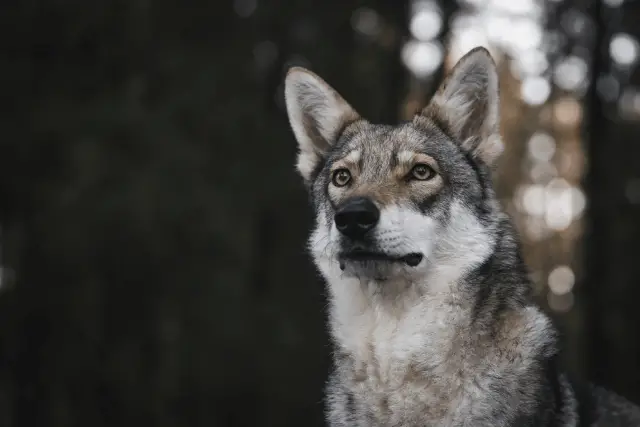
Grooming
This is a breed that is fairly easy to groom and maintain its coat in the absolute perfect state. The Saarloos Wolfdog grooming should include a regimen of brushing, bathing, nail trimming, and teeth brushing. Brushing is basic, and like any other double-coated breed, this breed should be brushed at least once a week to avoid matting and control their shedding.
These dogs are moderate shedders, and twice a year, during the shedding season, they blow their entire undercoat. At that time, you should brush them daily so that you control the loose hair and help ease the process.
This is a working breed that has natural oils in its coat that help keep them protected from the elements. That also means you shouldn’t bathe them too often because that can get rid of those oils and harm your dog’s coat in the long term.
If your dog is fairly active and spends their time more often outdoors, running, scratching, and playing, there is a good chance they will wear down their nails naturally. If that doesn’t happen, make sure you trim them when you hear they start clicking on the floor.
You should also brush your teeth at least 3 times a week. Check your local pet stores or webshops for toothbrushes that are specially made for dogs. Also, make sure you use toothpaste that is safe for dogs and does not contain a chemical called Xylitol because it can be very harmful to your dog.
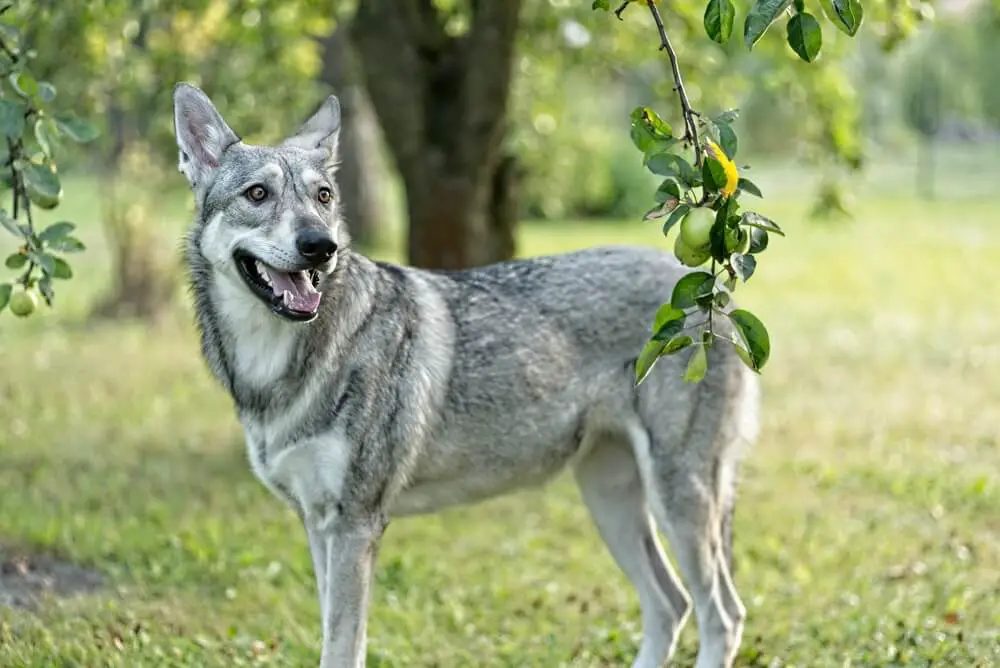
Saarloos Wolfdog socialization and training
Saarloos Wolfdog’s training should start as soon as possible. You will need to be firm and set clear rules and boundaries. These dogs do not usually display aggression but can be somewhat dominant, so it is clear that you set the roles correctly from the start. When training a Saarloos Wolfdog, make sure you use positive training methods, and pretty soon, you will see great results.
Positive training methods include loads of praise and rewards. Make sure you reward their good behavior and never punish their bad behavior. Use short and firm correction techniques, and make sure your dog is never afraid of you. This is a breed that shares a lot of its genes with the German Shepherd, so it is very trainable and eager to please its owner. Be patient, and your Saarloos Wolfdog will show you great results.
Like all other breeds, the Saarloos Wolfdog’s socialization should start early. These dogs can be dominant and show aggressive tendencies toward other dogs, especially those of the same sex. Socialization should help curb that behavior and prevent any future behavioral issues. Take your Saarloos Wolfdog to busy parks and expose them to different people and dogs.
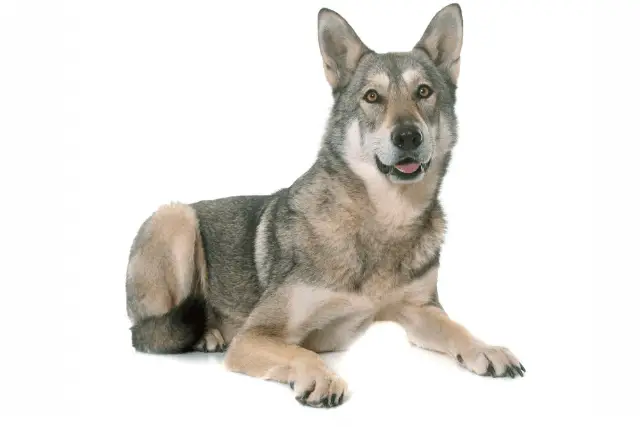
A great way to teach your dog proper social behavior is to take them to different places and situations when they are still young. Make sure they have positive experiences with people and especially with other dogs. Teach them how to behave and make sure they get along with other dogs.
Health
A well-bred Saarloos Wolfdog is generally a healthy breed that shouldn’t have many health problems in its life. However, like any other dog breed, these dogs are prone to certain conditions.
The Saarloos Wolfdog was created from German Shepherds, so it isn’t a huge surprise that both these breeds are prone to the same health problems. Some of these potential problems are hip and elbow dysplasia, spinal spondylosis, degenerative myelopathy, different ocular conditions (Progressive Retinal Atrophy (PRA), Glaucoma, Cataracts), and pituitary dwarfism.
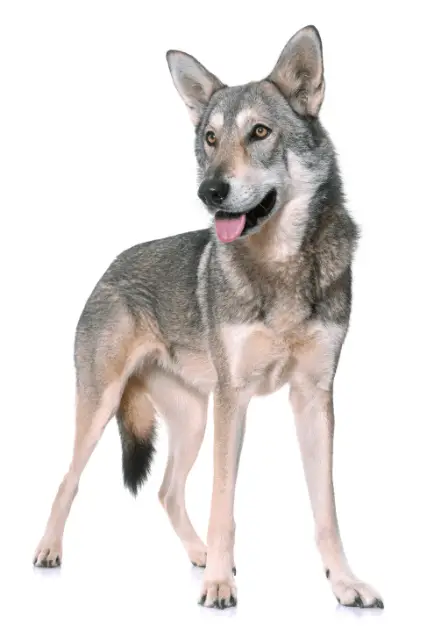
SEARCH SAARLOOS WOLFDOG BREEDERS
World Dog Finder team

Updated at31.08.2023.
Breed History
The history of the Saarloos Wolfdog begins with Mr. Leendert Saarloos, a Dutch breeder who was adamant about creating a new, trainable, and strong dog breed. Mr. Saarloos cared little about the physical appearance of his future dogs. His main concern was the creation of the ultimate working dog.
The main idea behind his effort was the creation of a breed that would have the strength and keen senses, like the wolf, but trainability, intelligence, and love towards humans, like a German Shepherd.
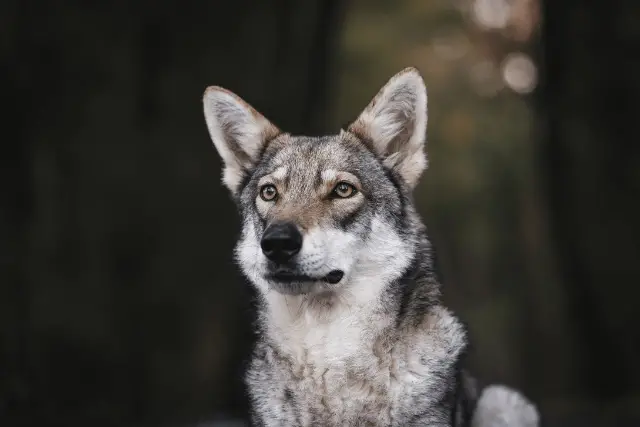
Mr. Saarloos wasn’t successful from the beginning; in fact, the first litter he ever produced died from Distemper. Nevertheless, he persevered and started producing more and more healthy and happy puppies after close inbreeding and introducing more German Shepherds.
The first crossbreeding Mr. Saarloos ever did was between a German Shepherd who had one of the best working bloodlines. The dog’s name was “Gerard van Fransenum.” His mate was a Siberian wolf called Fleur. The name Fleur was given to the wolf by Mr. Saarloos, and he called every future breeding female dog by the same name.
Mr. Saarloos wanted to control the development of the breed he called “Europese Wolfhond”, and he decided not to sell puppies to the general public. He had the final word when it came to breeding and mating dogs. Taking such close care about a breed can sound like a great idea, but the truth is, putting all your eggs in one basket can be risky. In 1950, a kennel run by Mr. Sarloos suffered a deadly virus, and only a few dogs survived.
Luckily, the breed survived, and even though it wasn’t accepted by national cynology associations and clubs right away, it started to gain popularity in Holland as well as in the United States. It is interesting to know that a recent DNA study showed that these dogs have more wolf DNA than any other dog breed.
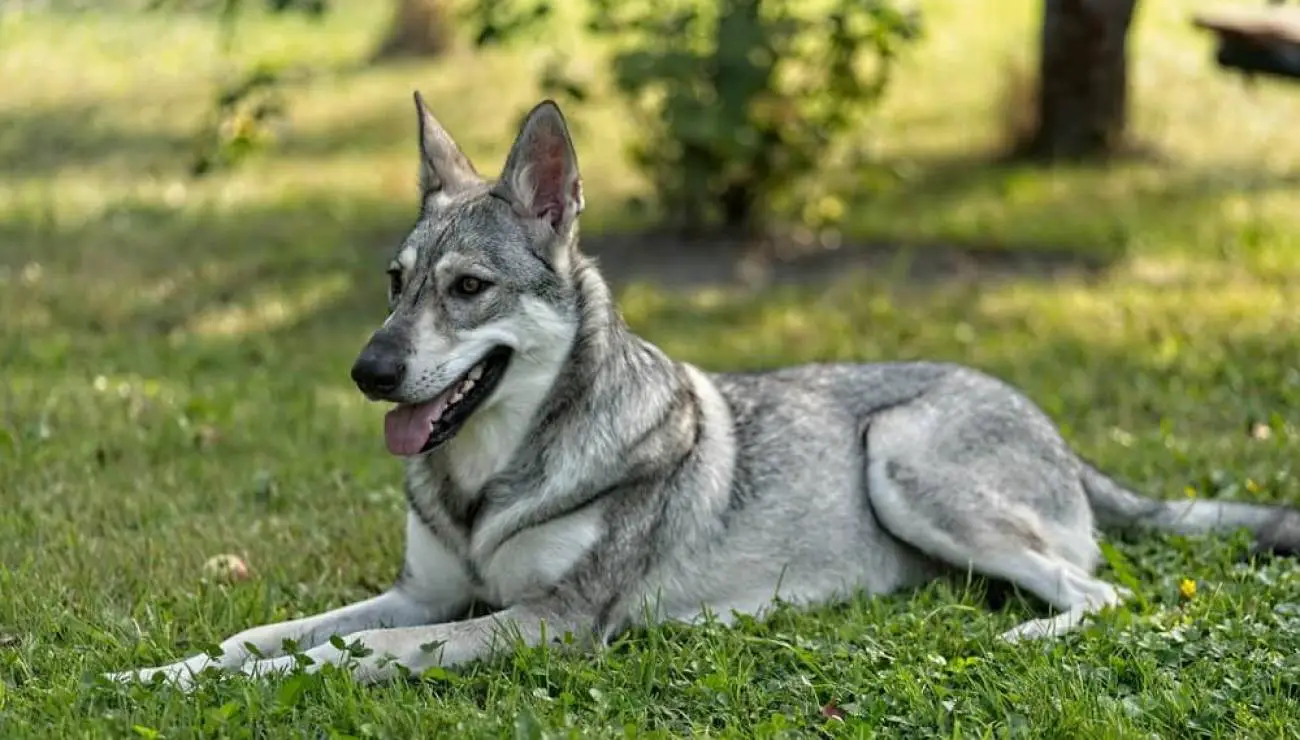
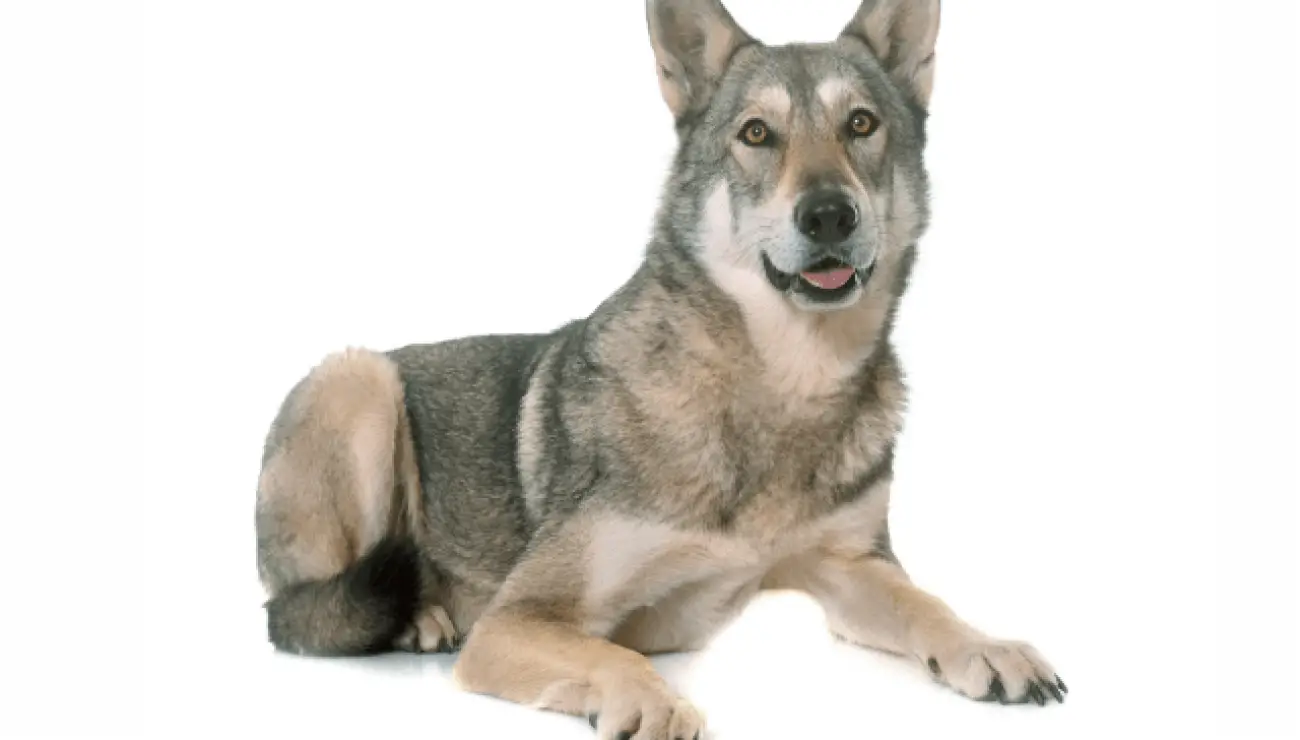
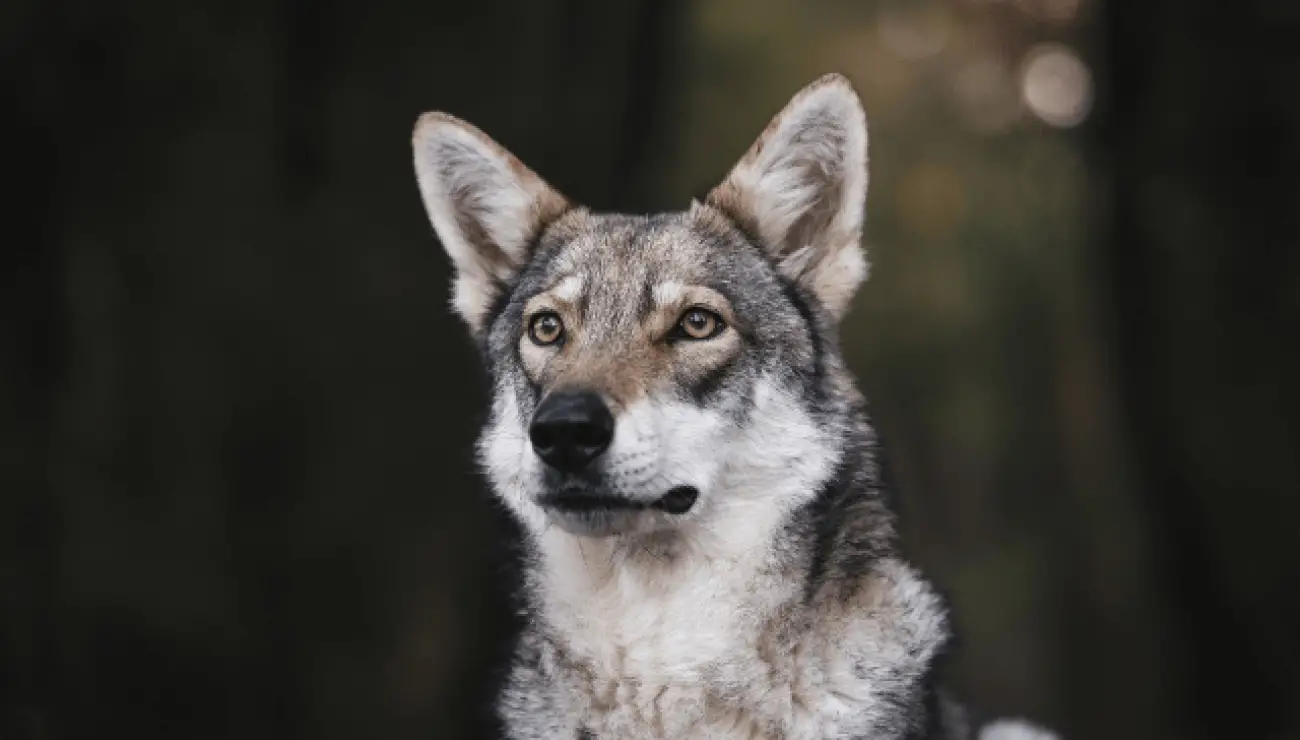
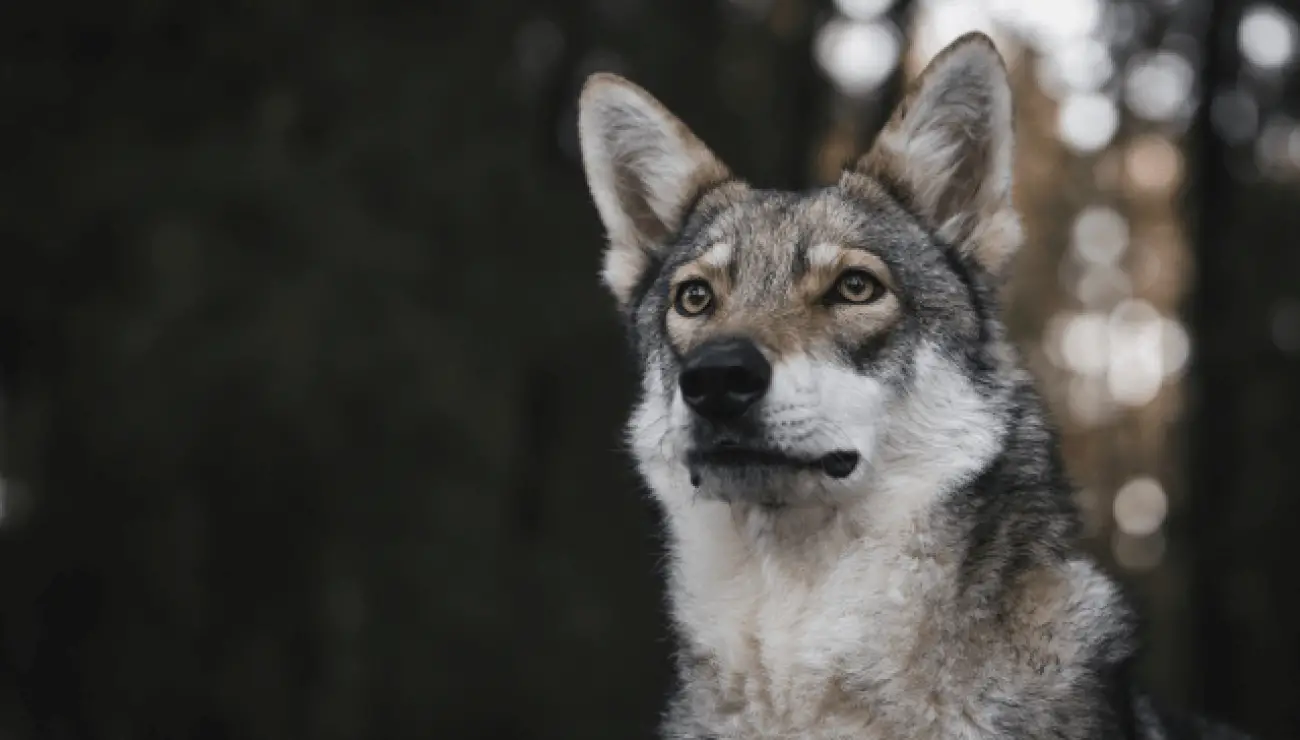
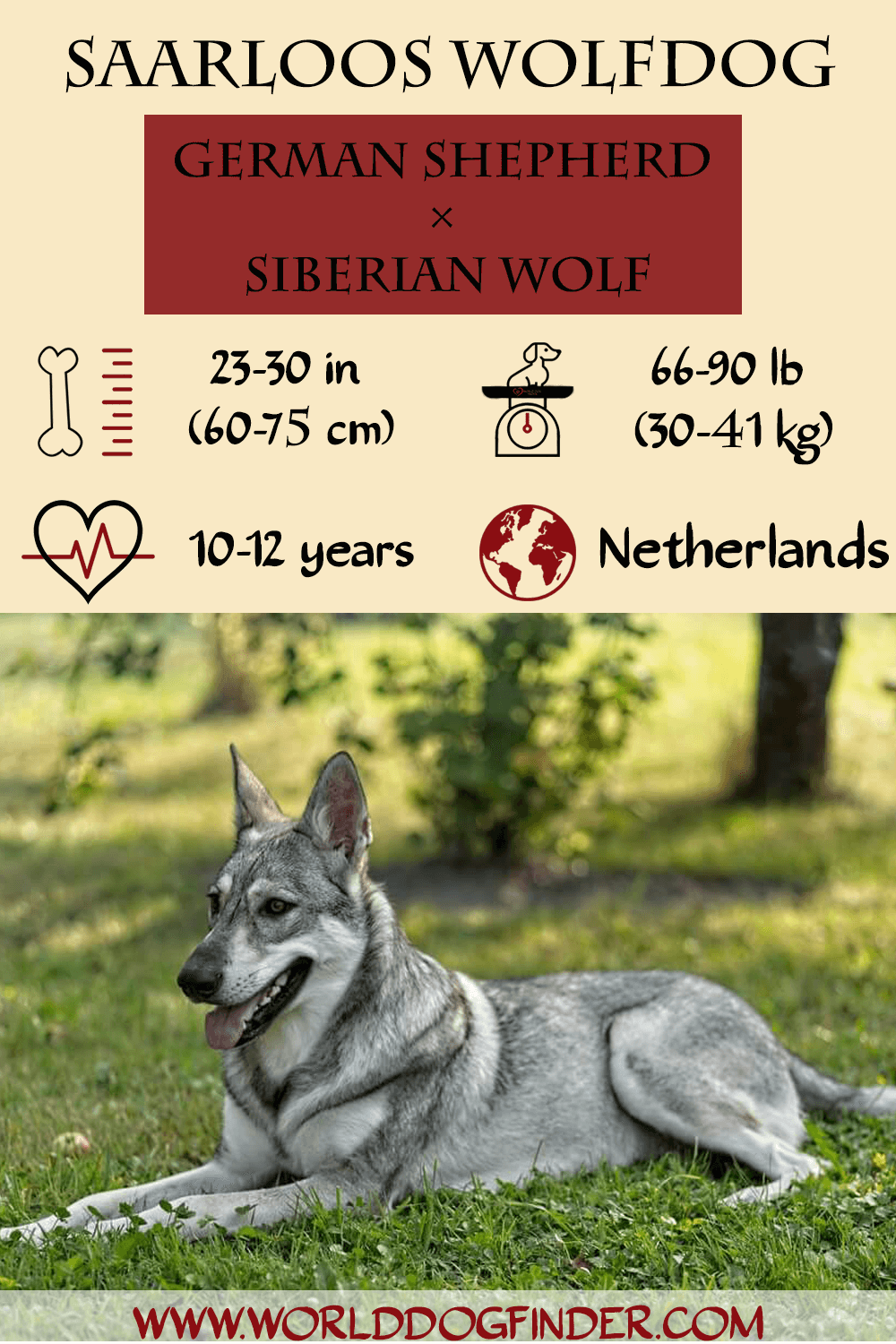
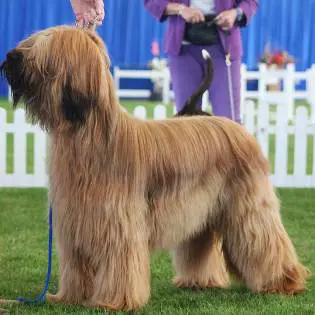


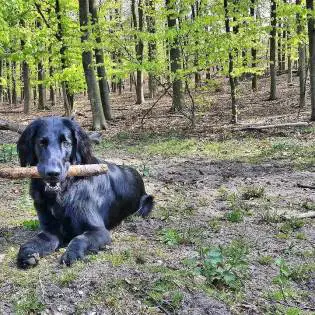
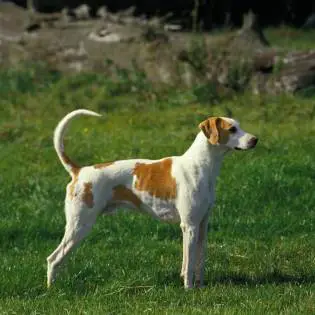
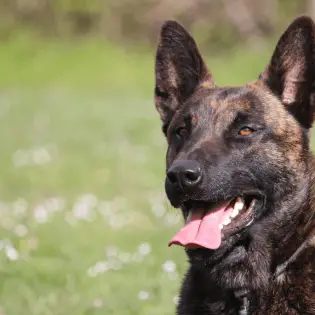



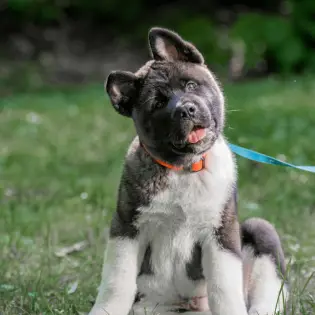

Share